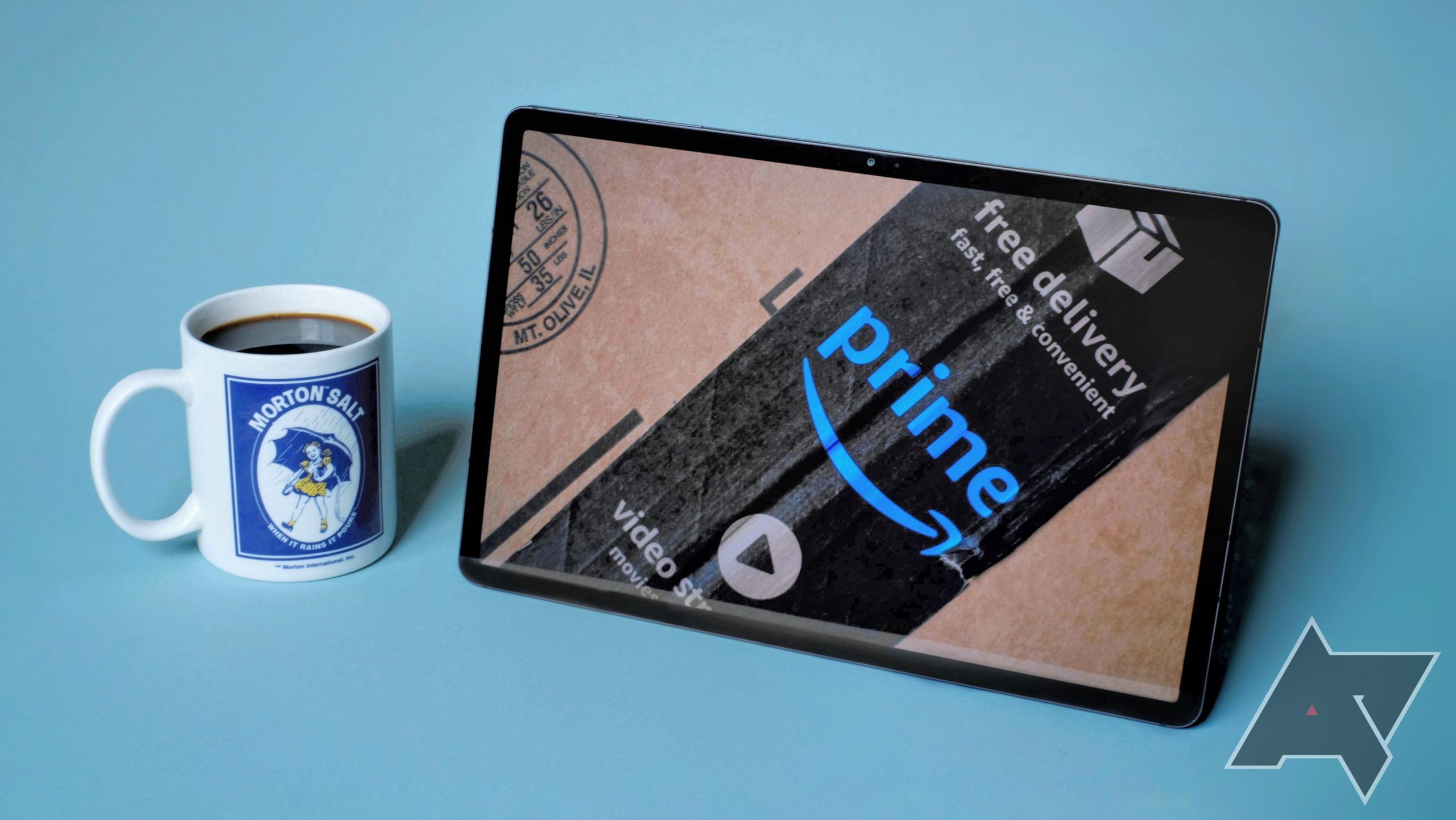Aside from a few straggling deals left over from the last two days, Prime Day has come to an end. Amazon's annual mid-year sale returned for its seventh year, occurring in July for the first time since 2019. In the midst of the shopping hangover many consumers may find themselves in today, the company has detailed just how successful this year's Prime Day sales were — despite concerns over rising inflation.
According to Amazon, the last two days made up the biggest self-branded shopping holiday for the e-commerce giant in its history, with more than 300 million items purchased around the globe. All those deals amounted to $1.7 billion in savings, which the company says is more than any previous Prime Day. And while Amazon made sure to tout its partnerships with independent and smaller businesses, it's the first-party products where this week's sales really shined. Amazon's own devices made up one of the highest-selling categories worldwide, with the company specifically calling out Fire TV, Echo, and Blink products.
The retailer's own success during its annual sale was to be expected. While plenty of products from third parties — including the likes of Apple, whose Watch Series 7 was one of the best-selling products on the site this week — saw eye-catching price reductions, nearly all of Amazon's in-house gear saw deductions as high as 50% off. If anyone had an interest in Kindles, Fire tablets, or security cameras, this week was the time to buy.
With the explosion in popularity online shopping has experienced over the last few years — largely spurred on by the pandemic — it shouldn't come as much of a surprise that this year's Prime Day was the biggest yet. That said, considering the current economic climate, these numbers are pretty astonishing. The US Bureau of Labor Statistics issued its June report in the middle of this week's sale, showcasing 40-year-high inflation and sparking deeper concerns surrounding a potential recession. Everything is — or, at least, feels — more expensive right now, which could've potentially driven consumers away from spending money on a new television, smartwatch, laptop, or other high-priced gadgets.
Instead, it seems like shoppers took this sale as an opportunity to grab some much-wanted products at lower-than-usual costs — even if rising prices blunted those sales. I ran into at least a couple of products offering "discounts" that simply brought prices back down to where they were a few months ago, and while that might qualify as a deal these days, it's hard to be too excited about it.
Still, it's a big success for Amazon, proving it can still persuade consumers to spend money on its site even in the face of economic hardship. We'll have to wait and see if Black Friday numbers are equally high in a few months — or if concerns surrounding inflation and the looming threat of recession could cause buyers to hold off this holiday season.

